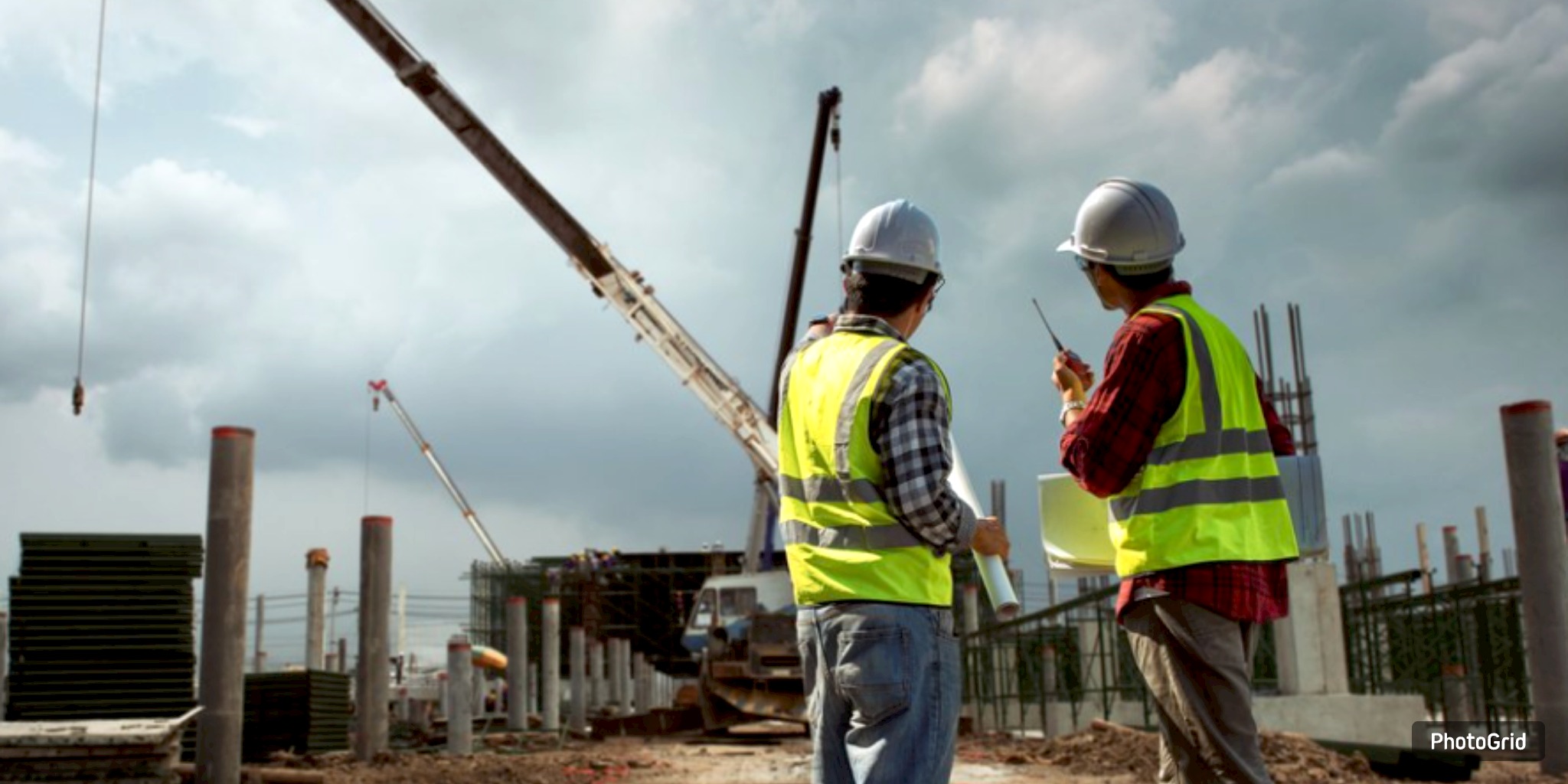Conroe has lifted its yearlong halt on significant development after strained water systems forced a building moratorium, highlighting the infrastructure challenges facing fast-growing Texas cities.

After a year of necessary hiatus due to challenges with water infrastructure, one of the country’s rapidly expanding cities is once again welcoming new development opportunities.
Last week, the Conroe City Council made a decisive move by choosing not to prolong a temporary moratorium that had put a stop to large-scale construction on the city’s rapidly developing north side. The halt, initially enacted in the summer of 2024, was prompted by alerts indicating that the city's water infrastructure was struggling to accommodate the rapid surge in population.
In April 2024, City Engineer Chris Bogert presented a compelling message to the council members.
“At that moment, I expressed my deep worries regarding the amount of water available,” he stated. “The pace of development has surpassed that of infrastructure.” We are generating water at a rapid pace — the demand is simply overwhelming.
In a troubling turn of events, weeks later, water pressure in north Conroe plummeted to alarming levels, prompting the city to issue its first boil-water notice in recent history. Shortly thereafter, the council took decisive action by halting development approvals to safeguard the access of current residents to safe water.
The lifting of the moratorium arrives alongside state regulators relaxing capacity requirements, coinciding with the city's resolution of a protracted water rights lawsuit that has spanned ten years. Authorities indicated that these advancements are expected to offer sufficient adaptability to satisfy demand, even as the construction of new subdivisions recommences.
Experts caution that Conroe's challenges serve as a warning for other rapidly expanding cities in Texas. In a remarkable development, Montgomery County, which encompasses Conroe, experienced a growth of nearly 5% in 2023. This surge is set to elevate its population to approximately 750,000 by the year 2024. Conroe has reached a population of almost 115,000 residents.
“What we are witnessing universally, both in Texas and elsewhere, is a convergence of circumstances,” stated Amy Hardberger, director of the Center for Water Law and Policy at Texas Tech University. “We are experiencing swift expansion, outdated systems, and increasing expenses—all converging simultaneously.”
Harry Hardman, a former council member and past board member of the Lone Star Groundwater Conservation District, asserted that the crisis was unavoidable.
“We’ve been postponing this for a significant amount of time, and I believe we’ve concluded that journey,” he stated.
As the moratorium comes to a close, officials recognize that the fundamental challenges persist.
“This is a matter of significant concern,” Bogert expressed to the council last year. “The solution could involve a deceleration in progress, a prospect that many may find unappealing.” However, we find ourselves in a challenging predicament.
Conroe faces a critical challenge ahead: the resilience of its water system in the face of impending growth.
.jpg)
United Way of Greater Houston has purchased a new 51,900-square-foot building in Conroe, more than doubling its Montgomery County space and positioning critical services closer to communities facing the highest financial hardship.
.jpg)
A 76-year-old triathlete from The Woodlands placed second in his age group at the 2025 World Triathlon Championship in Australia, marking his first podium finish at the event and reinforcing the training philosophy he says keeps him healthy.
.jpg)
Employees at Woodlands Specialty Hospital say they have gone more than a month without pay, prompting financial hardship and growing frustration as the hospital blames missed payrolls on insurance-related cash-flow issues.